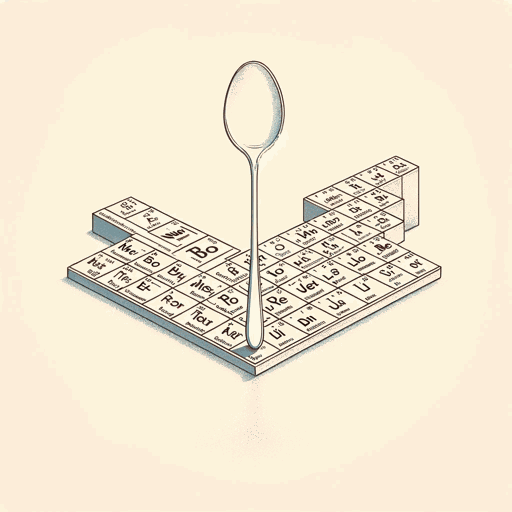93 pages • 3 hours read
Sam KeanThe Disappearing Spoon: And Other True Tales of Madness, Love, and the History of the World from the Periodic Table
Nonfiction | Book | Adult | Published in 2010A modern alternative to SparkNotes and CliffsNotes, SuperSummary offers high-quality Study Guides with detailed chapter summaries and analysis of major themes, characters, and more. For select classroom titles, we also provide Teaching Guides with discussion and quiz questions to prompt student engagement.
Answer Key
Introduction-Part 1
Reading Check
1. The noble gases (Part 1, Chapter 1)
2. Integrated circuit (Part 1, Chapter 2)
3. Gallium (Part 1, Chapter 3)
Short Answer
1. Lewis and Clark took mercury pills, a popular medication for constipation at the time of their travels. Archeologists can track where Lewis and Clark camped by detecting mercury in the soil where the travelers dug a hole for a latrine. (Part 1, Introduction)
2. These atoms are lanthanides or rare earths. They are unique because they bury new electrons more deeply than transition metals and can hardly be distinguished from one another. (Part 1, Chapter 1)
3. Sam Kean believes it is unlikely that life is silicon-based, because when silicon combines with oxygen, the result is a solid that does not dissolve in water, and water is the chief solvent of life. Silicon, unlike carbon, is also unable to form the elaborate chemicals of living things. (Part 1, Chapter 2)
4. Mendeleev helped develop the periodic table, but he was also the first to discover that atoms are defined by their atomic weight. His discovery prompted him to leave blank spaces because he believed more elements would be discovered.

